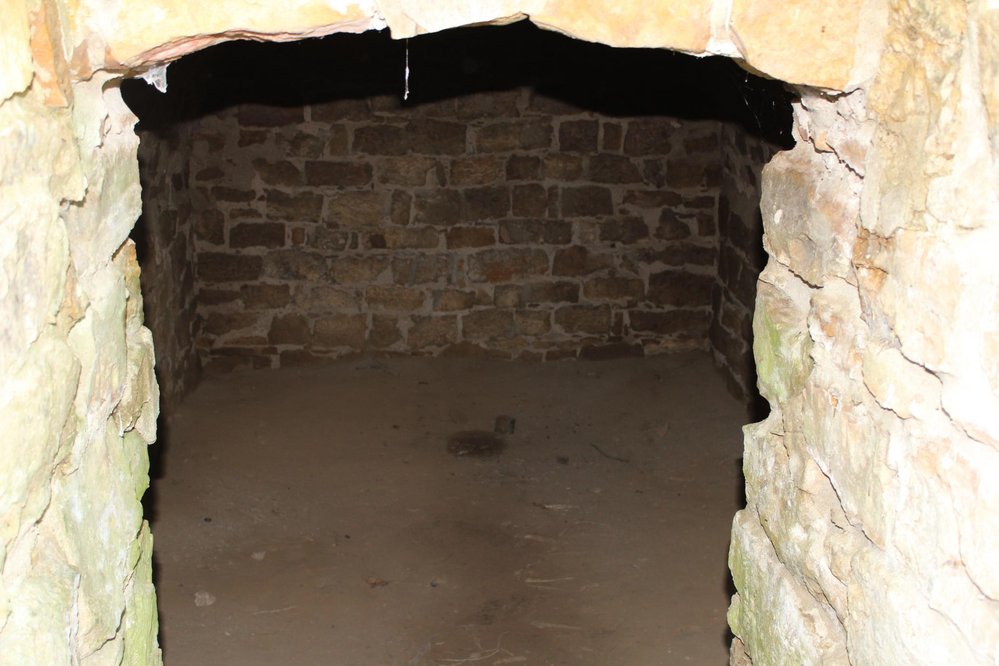
Cellars have played an important role in preserving and storing goods in American history. Cellars tend to be small rooms dug into the ground. They help preserve perishable goods because the cooler temperatures underground help slow the decaying process. Families used cellars to preserve their personal food and perishable items, but they could also be used to store large quantities of commercial goods as well. Since the invention of refrigerators the use of cellars has been almost completely unnecessary. In the early 1830s, a French Canadian fur trader by the name of Pensineau established a tavern and trading house at this location. He provided goods and services to the soldiers of Fort Leavenworth and the Native Americans in the area. Pensineau supplied soldiers with alcohol, which was hard for them to obtain on the frontier. He also supplied animal furs, food, clothing, and many other daily necessities to the soldiers, Native Americans and residents in the area. In 1838, President Van Buren decided to incorporate this parcel of land into Fort Leavenworth. This is thought to have put Pensineau out of business. This root cellar in front of you is thought to be where Pensineau stored most of his trading goods. The root cellar is approximately 20 feet long and 15 feet wide with a 10-foot-high ceiling. On your walk to the cellar, you can see the stone foundation of what is believed to have been Pensineau’s trading house. In the early part of the 19th century, the Missouri River would have flowed just on the other side of this hill allowing Pensineau to easily operate a ferry at the Rialto crossing between his trading house and Fort Leavenworth. While neither the trading post nor ferry still stand, the cellar remains as a reminder of Missouri’s early history.
 |
 |
 |






